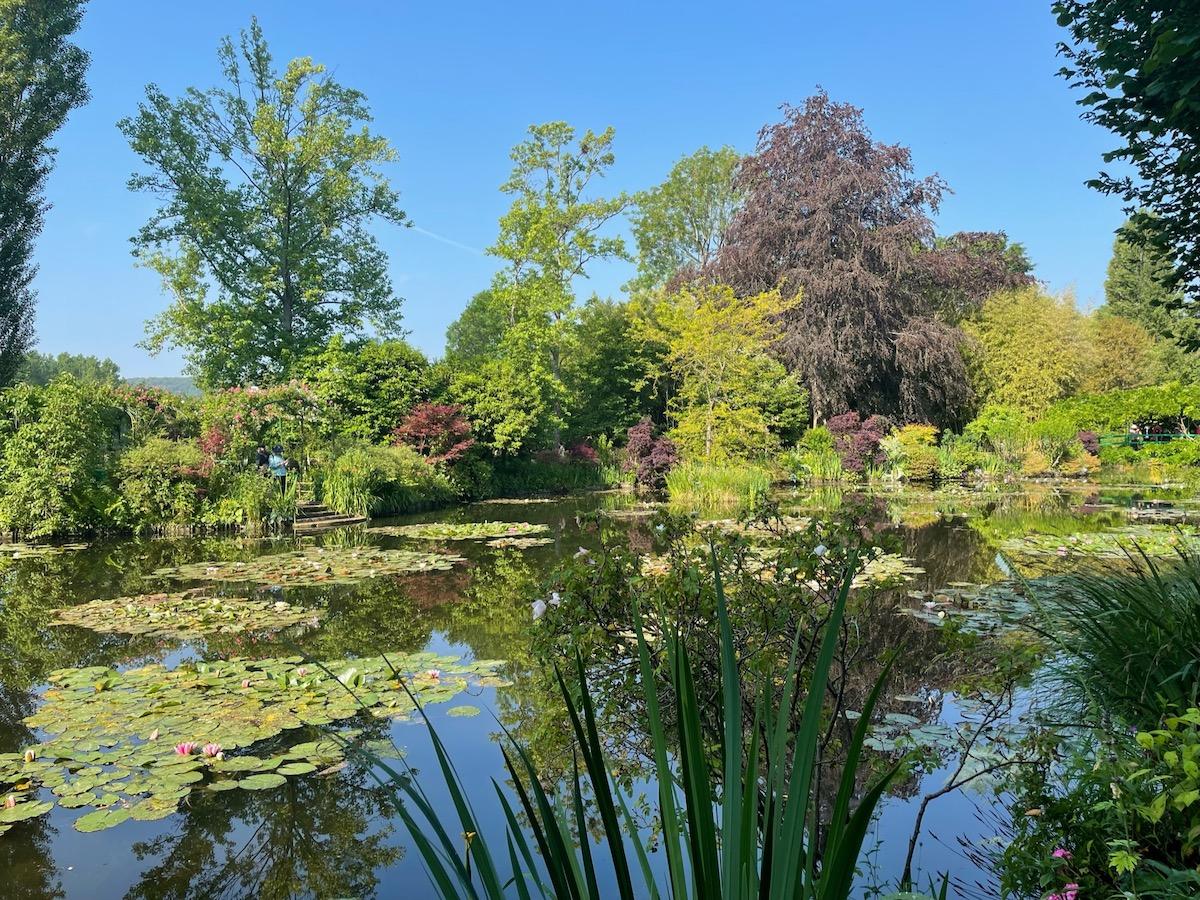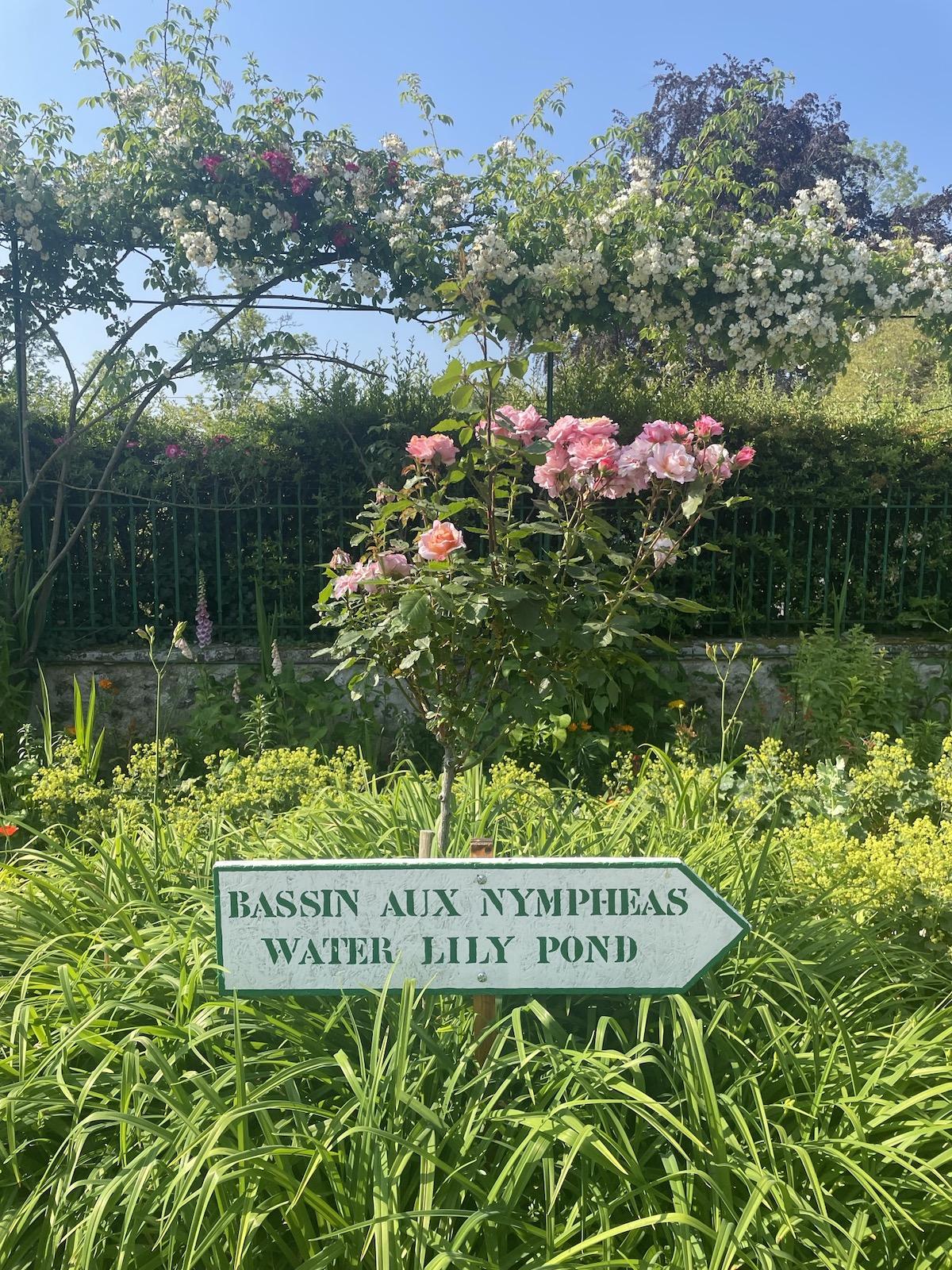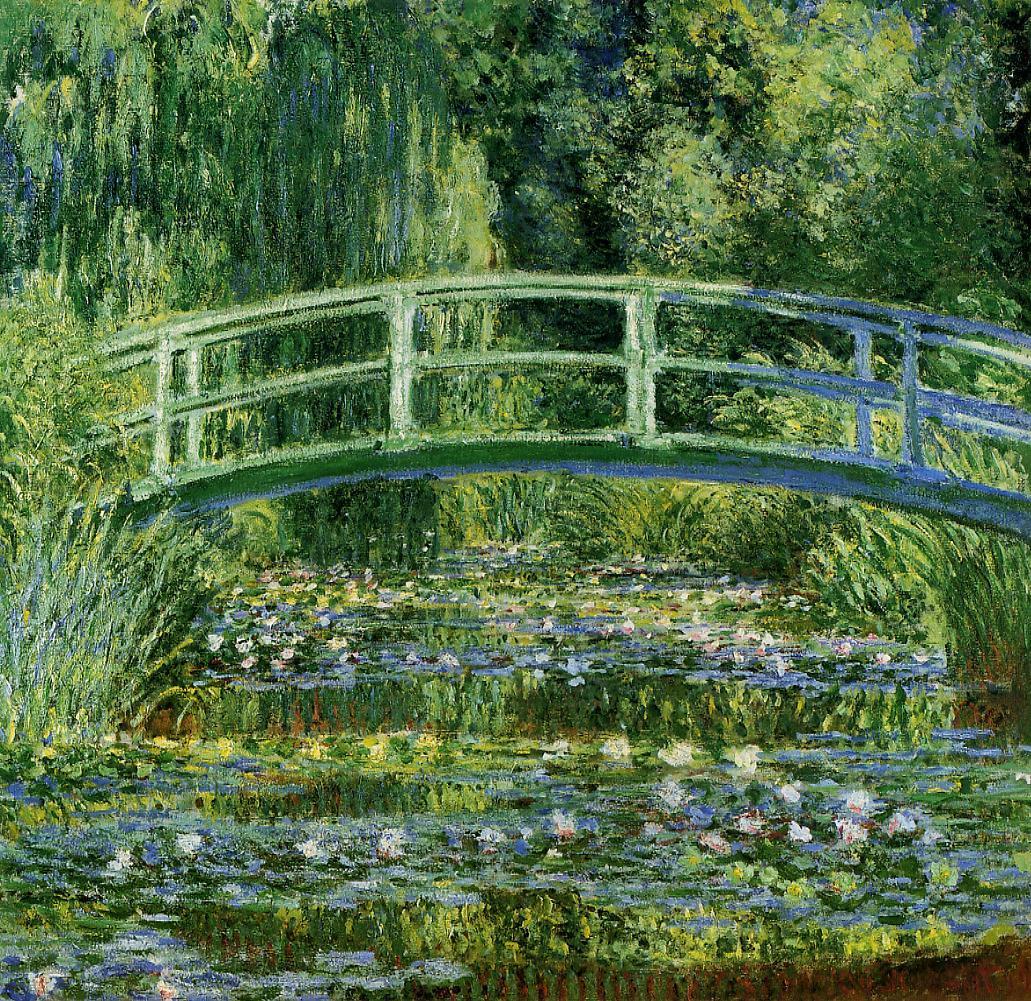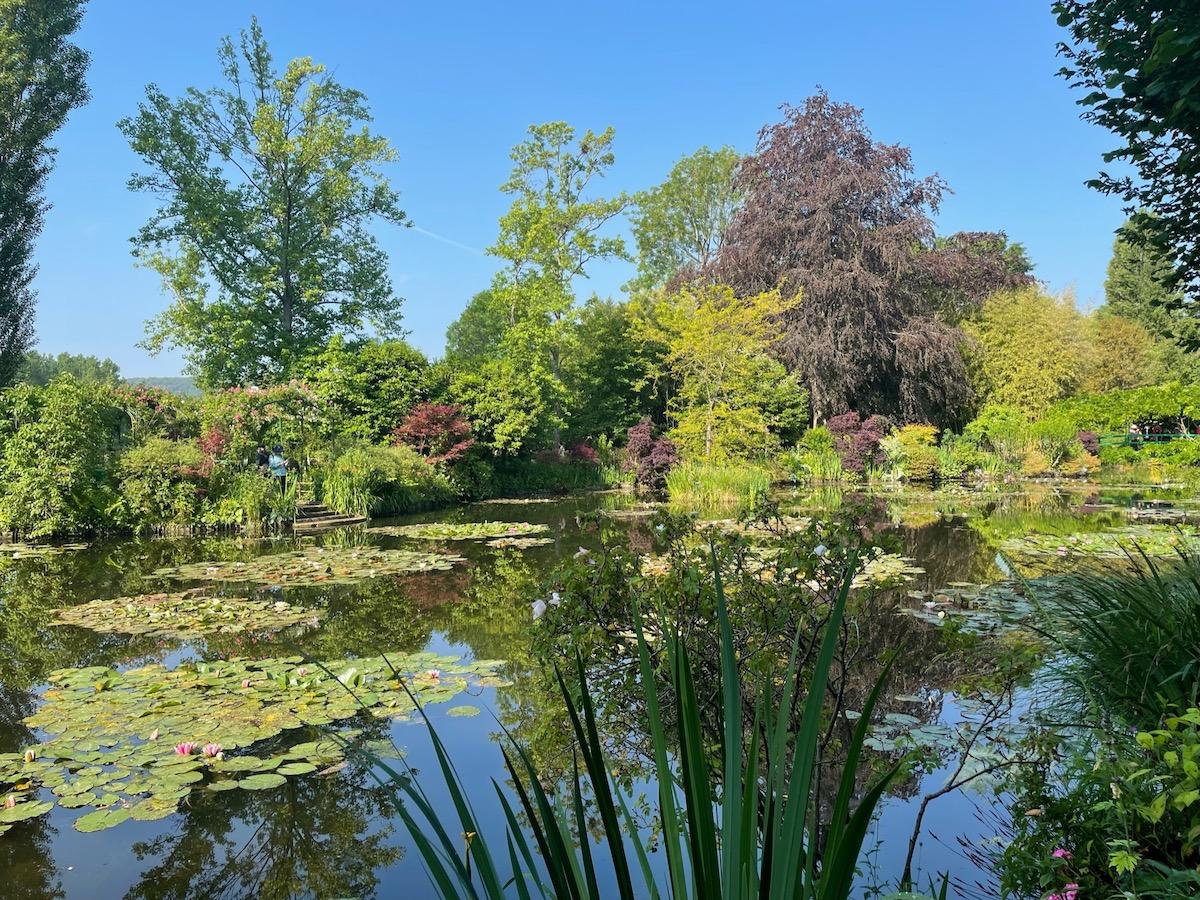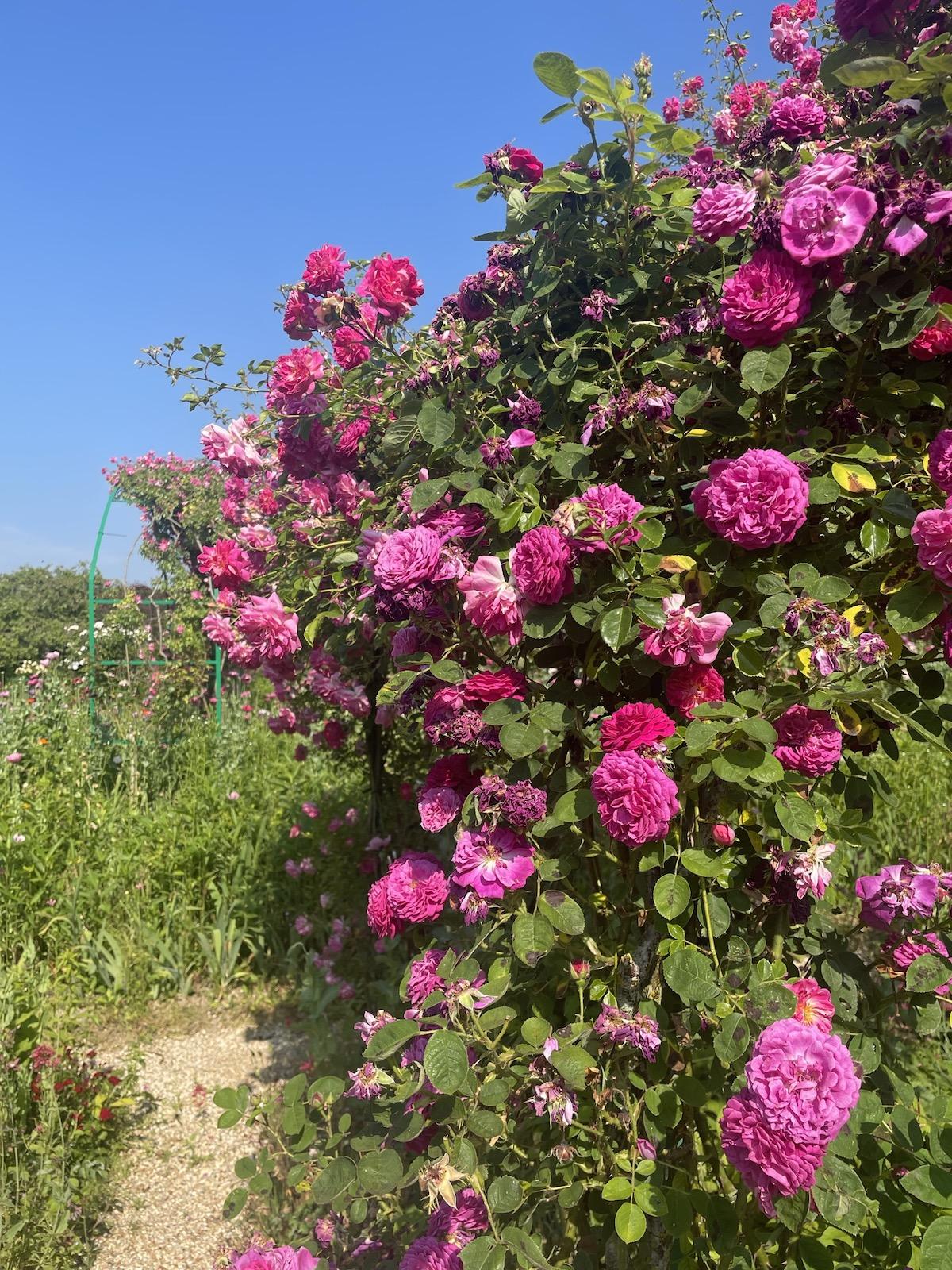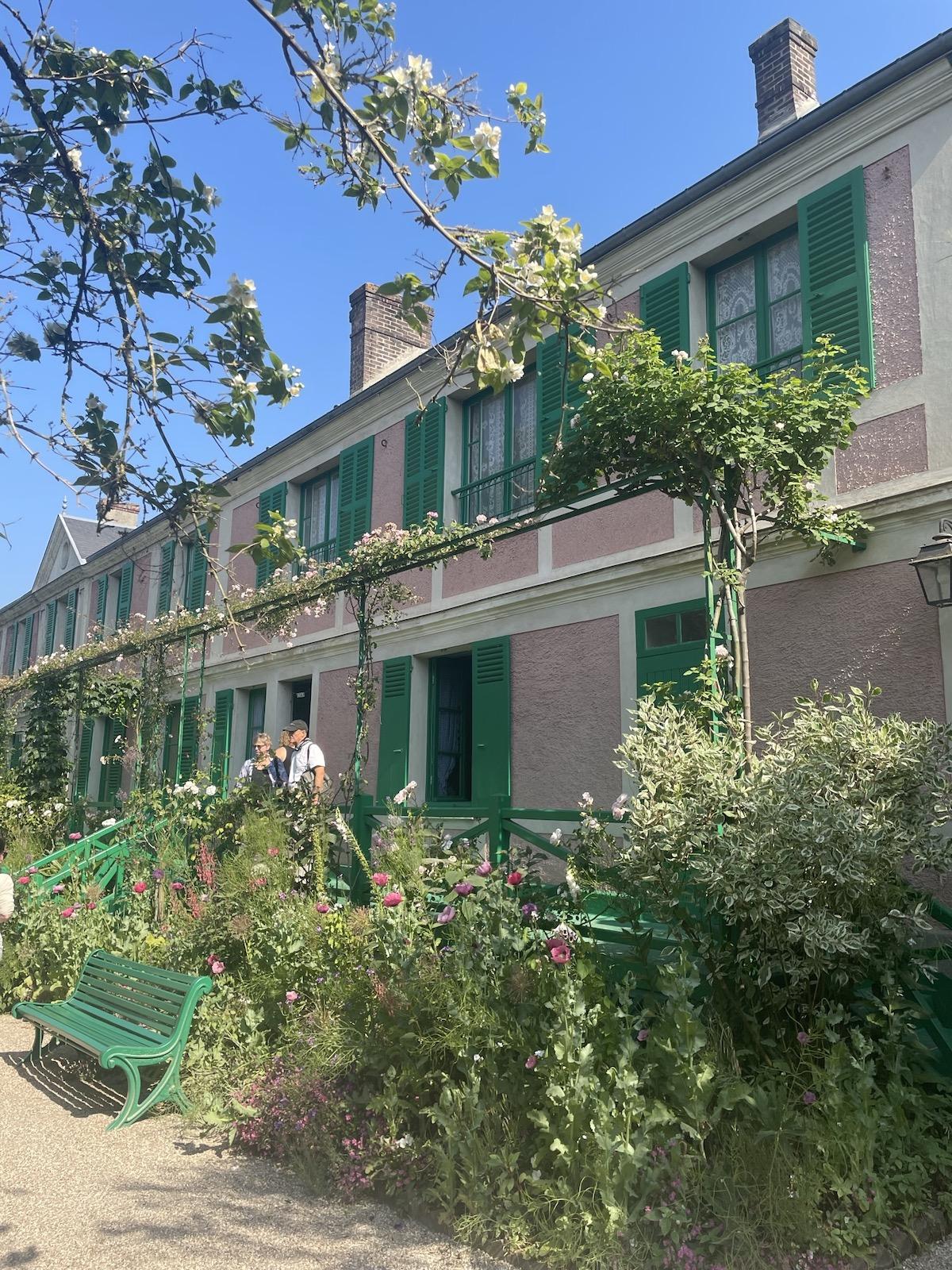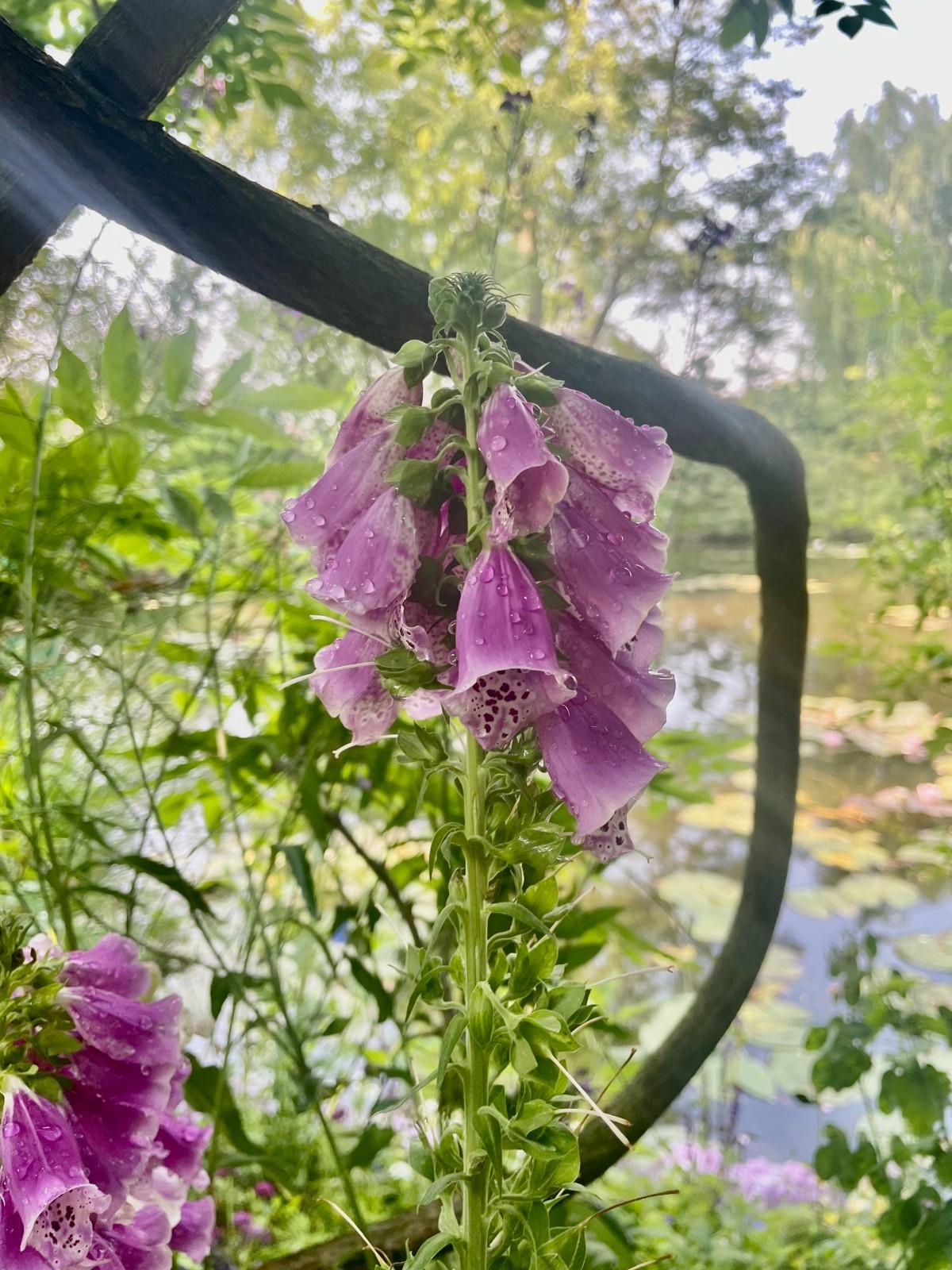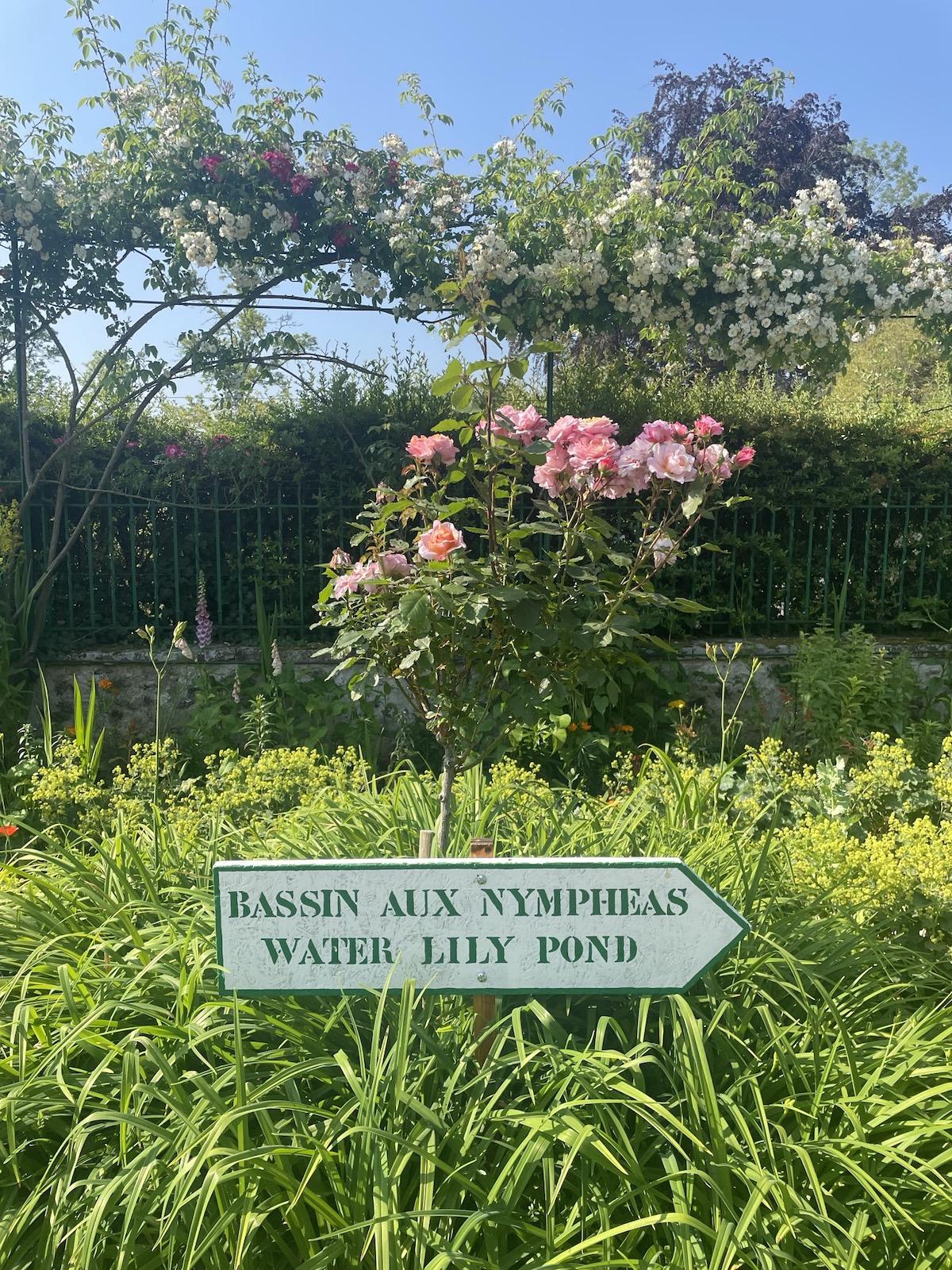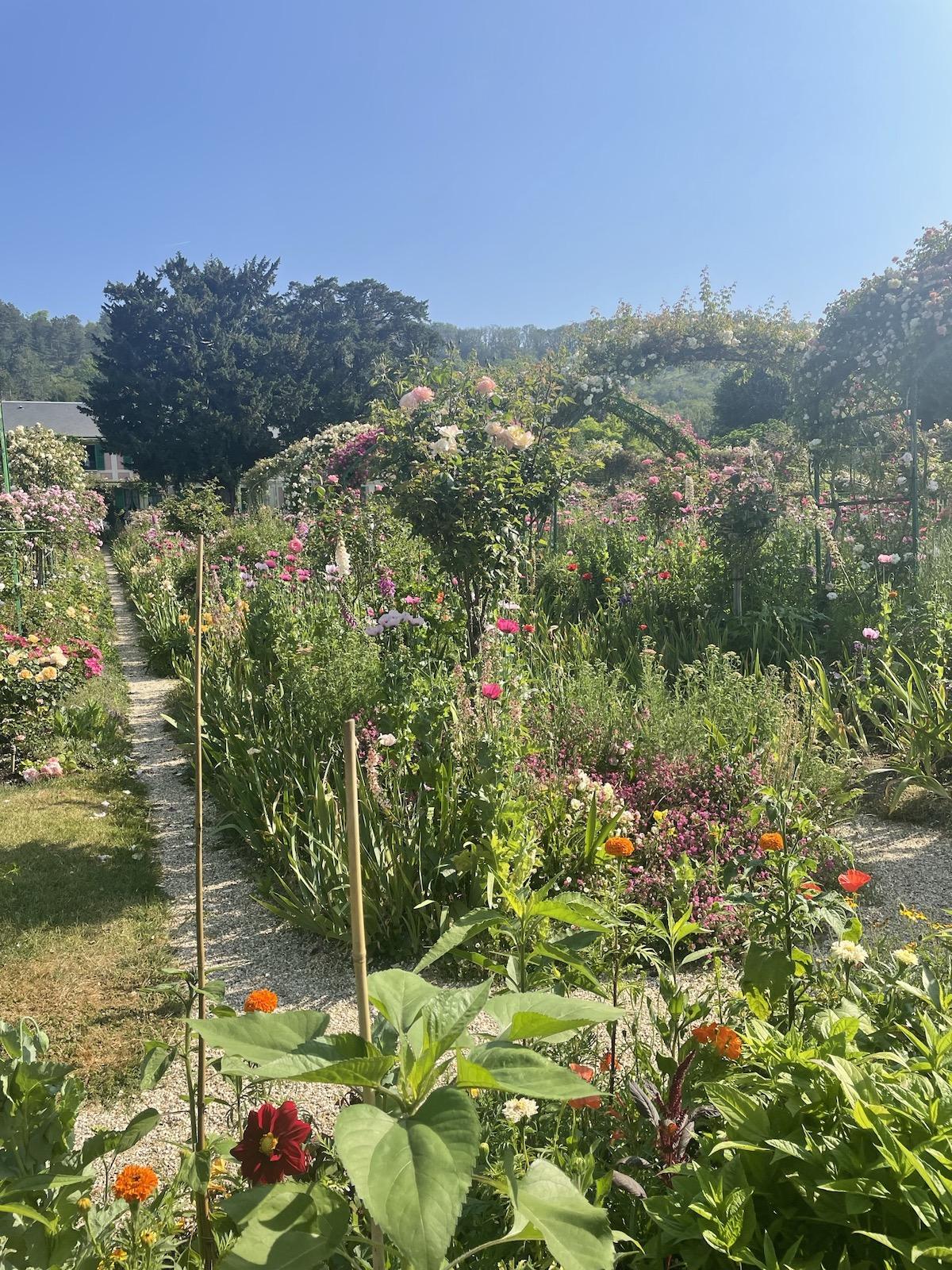Giverny is a testament to Monet’s unyielding passion for painting outdoors, en plein air, and the nature that he encountered while spending time outside. When he bought the site, it was just a patch of land with an abandoned pink house and an accompanying apple orchard. With his ambition and extensive knowledge of botany and horticulture, Monet set off to transform this once-drab property into the garden of his dreams, a symphony of colors that would allow him to render the paintings of the French countryside.
His legendary integrity extended as much to his garden as it did to his paintings. For example, he insisted that the house’s facade be kept the same shade of pink as it had when originally constructed. Though Monet traveled extensively, he regularly checked up on his gardens, oftentimes sending letters to his wife and family only to inquire about the status of the soil or if the flowers had yet bloomed.




